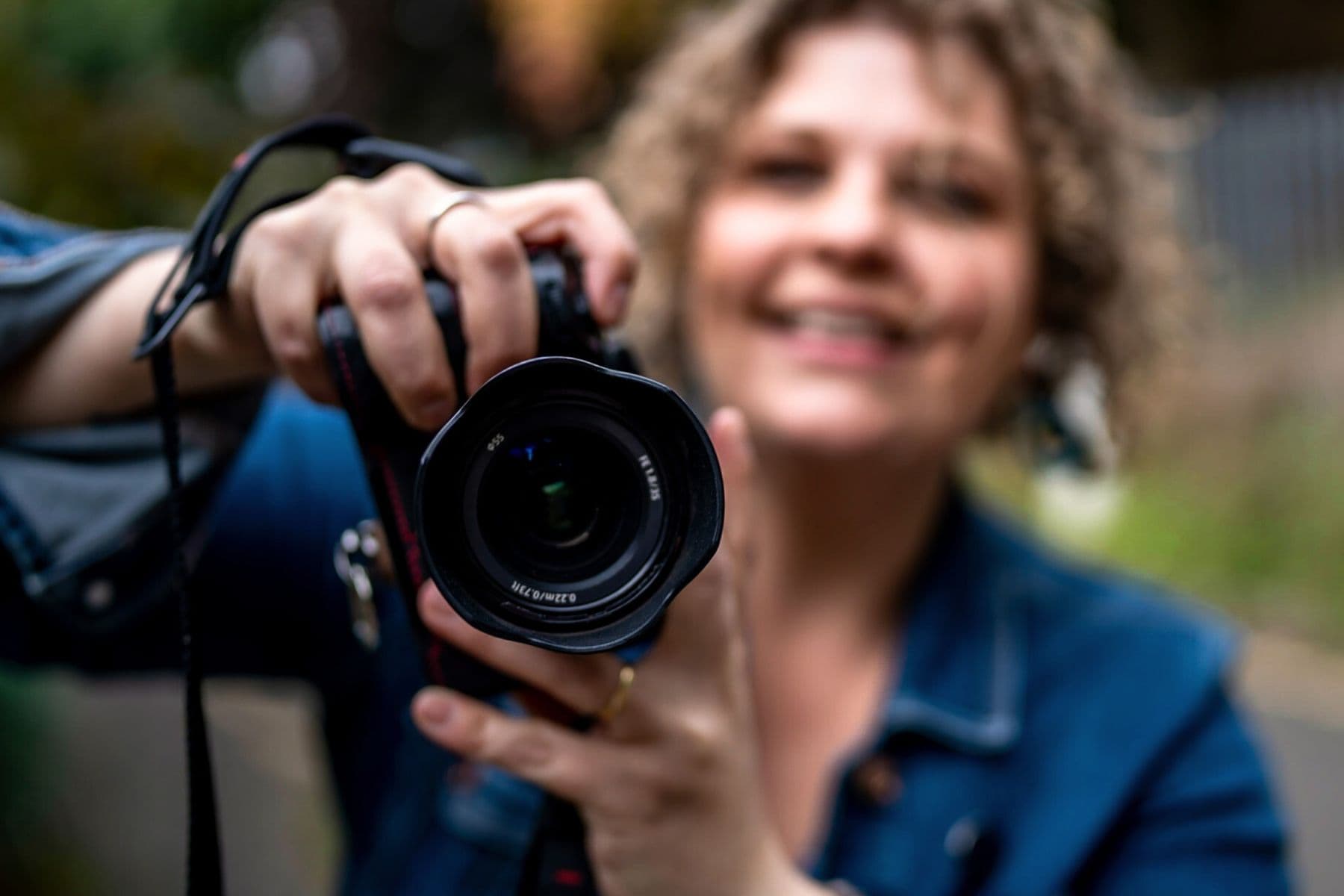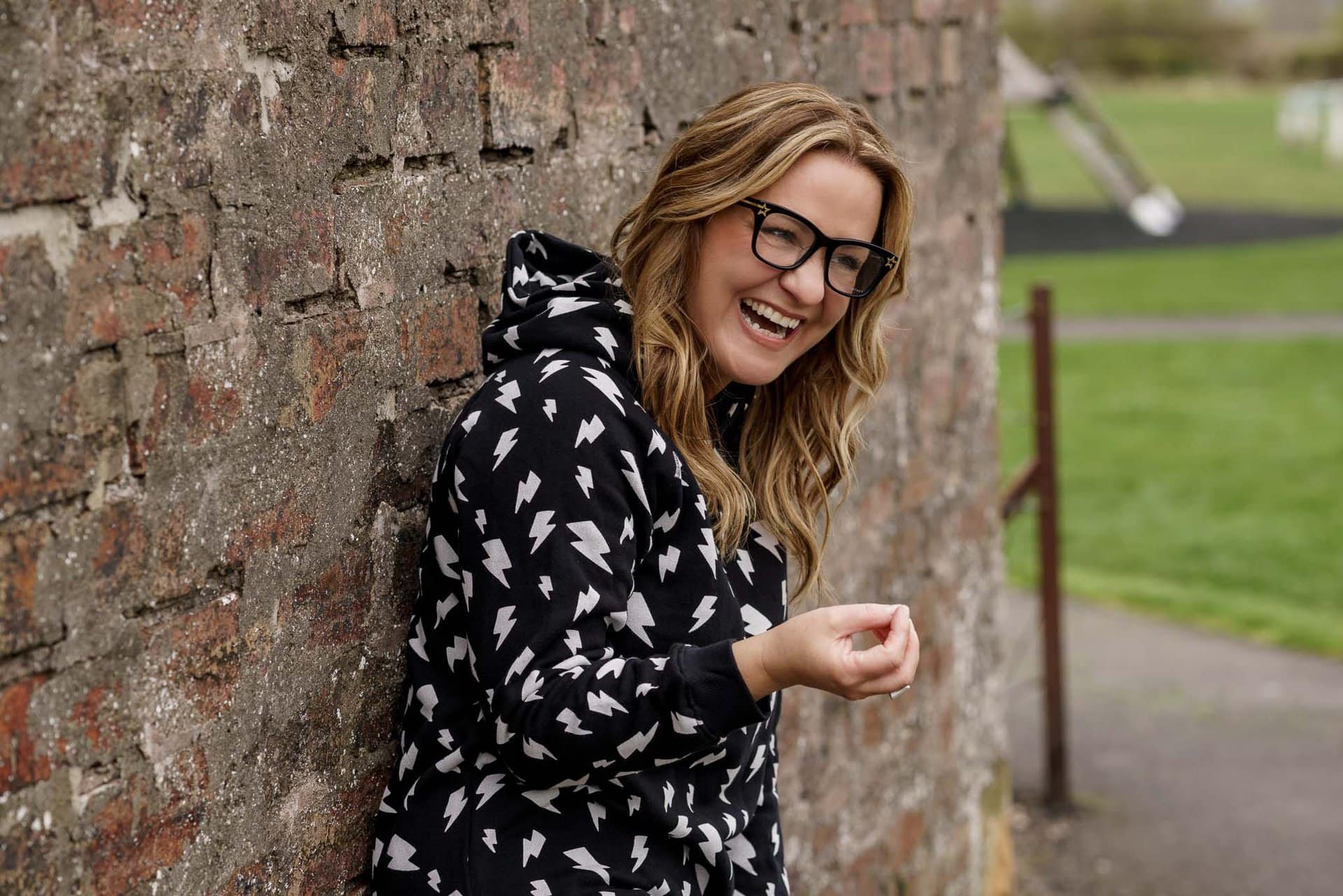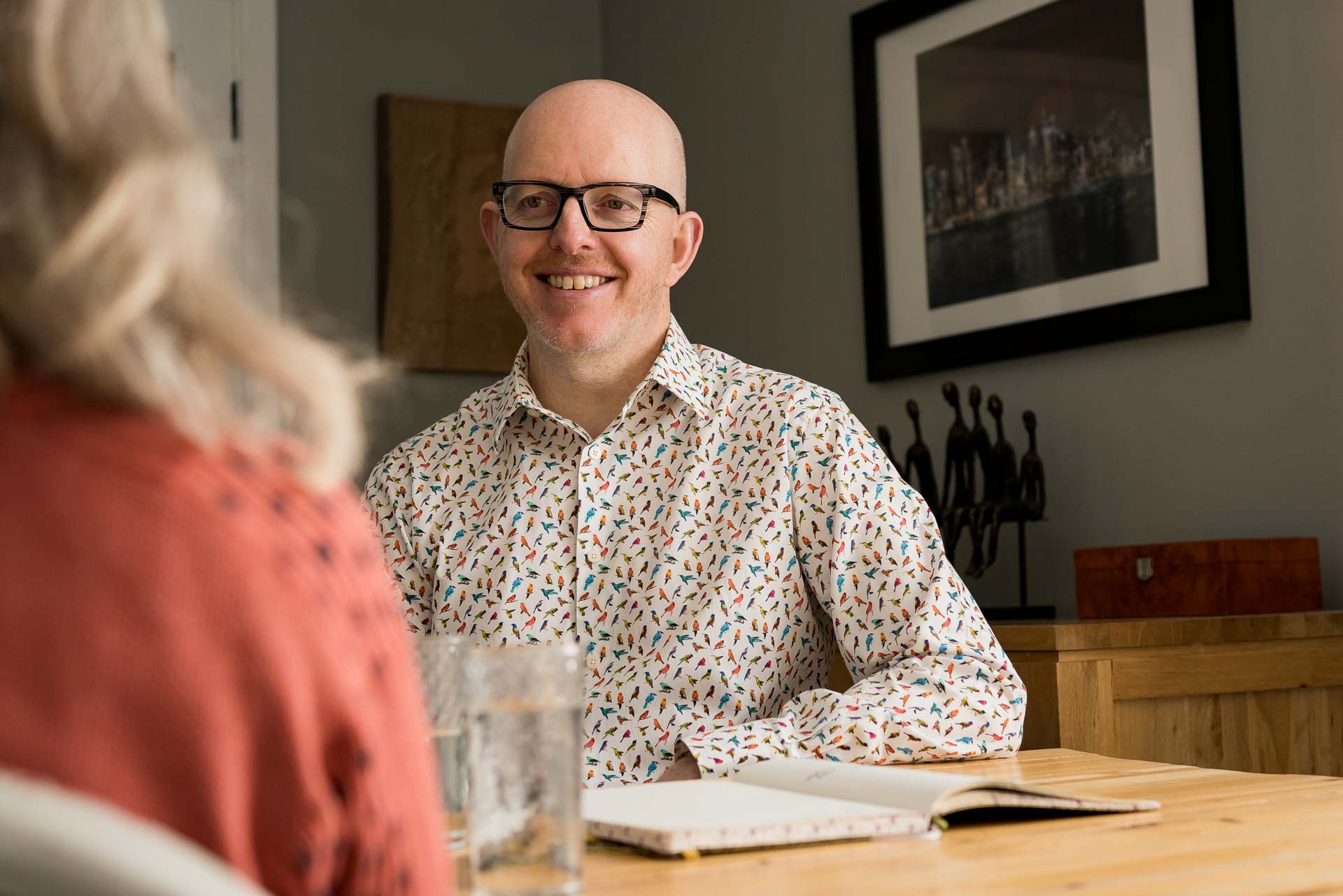
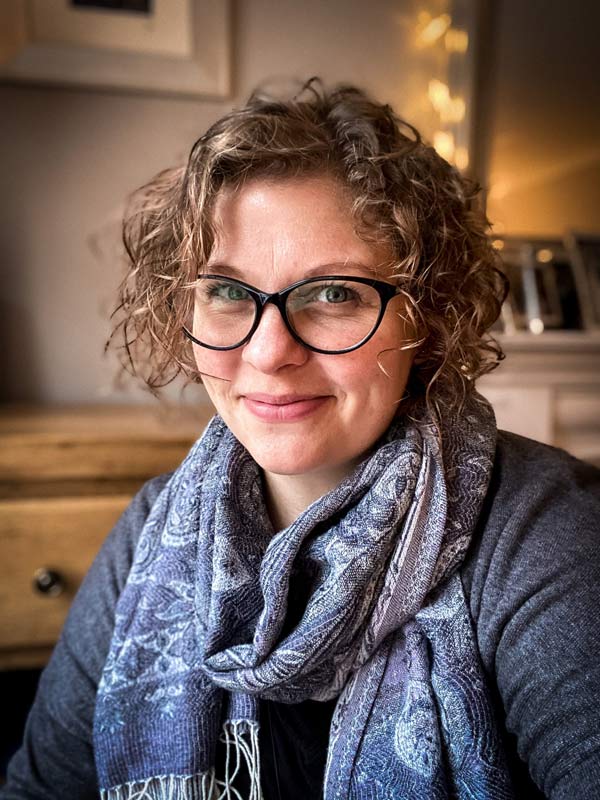
First of all, let's be clear about what a brand actually is. Let's be honest, when starting a business a lot of us have never heard of the word 'brand'.
While trawling the internet, this was the best definition I found, thanks to Ignyte.
So… Your brand includes:
Your business mission, values, purpose, tone of voice, strategic objectives, personality… the way you make your customers feel.
It might be easy for you to tie down your brand or (especially if you’re new to business) you might need some help in working it out.
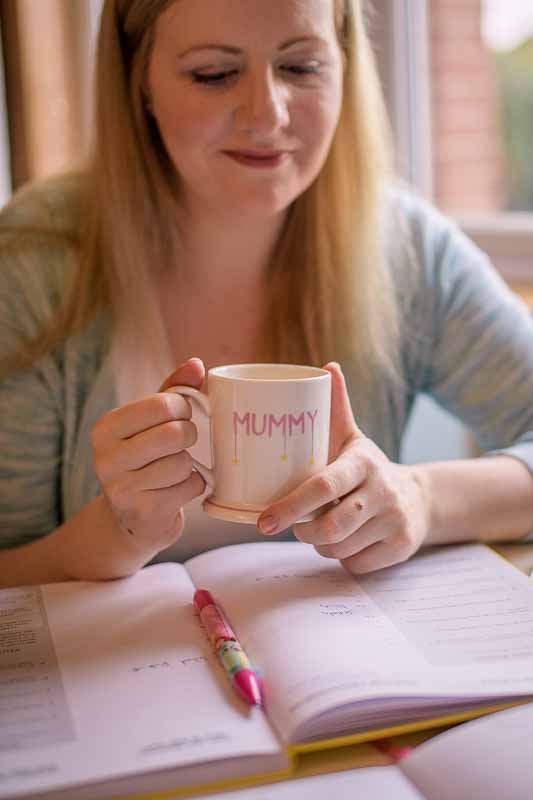
Brand photography is the art of depicting a brand, through the medium of photography.
It is creating imagery which 'shows off' a brand to potential customers. Brand photography tells the story of who you are, what you do and why you do it, and in doing so it will attract your ideal clients and make you sales. It encompasses images of you, your colleagues, your products and your workplace. It demonstrates your values, personality and purpose… everything that builds a visual identity of your brand. Just as you’d want to make a good impression in a face-to-face client meeting, brand photography can step in to make that immediate and lasting impression on potential clients online or in print.
A professional brand photography session provides an invaluable set of professional images ready to use on your website, in marketing materials, blog posts and in social media. Some photographers also now include video in their business photography offering, giving you another excellent tool that can be used to establish the visual identity of your brand!

A headshot is a photograph of your head and shoulders. They're great for using as profile photographs on social media, on your 'About Me' page, and when putting yourself forward for PR and speaking opportunities.
For most businesses though, a headshot just isn't enough. While a headshot should absolutely capture your personality, it can't show us everything about what your business stands for, and what you value. For that, you need a more comprehensive set of photographs.
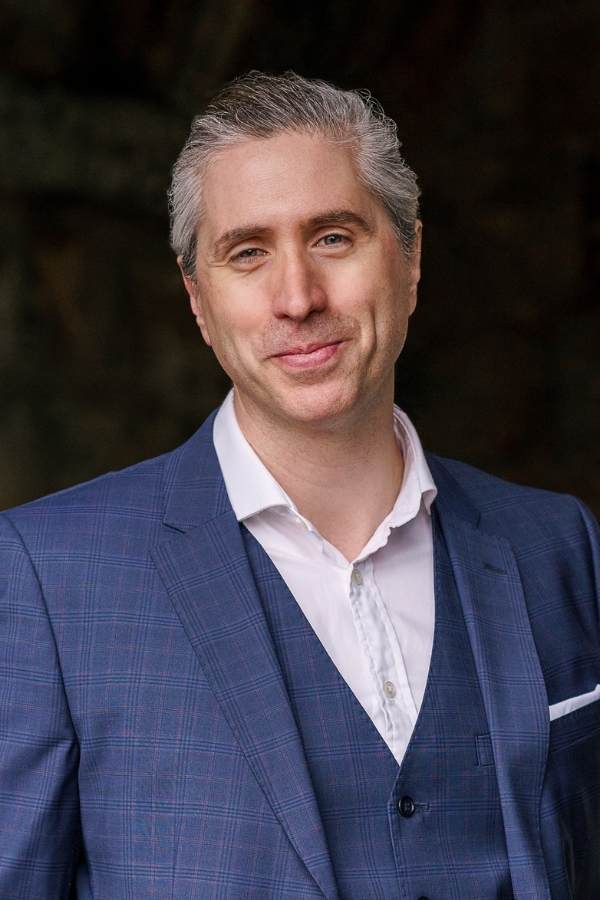
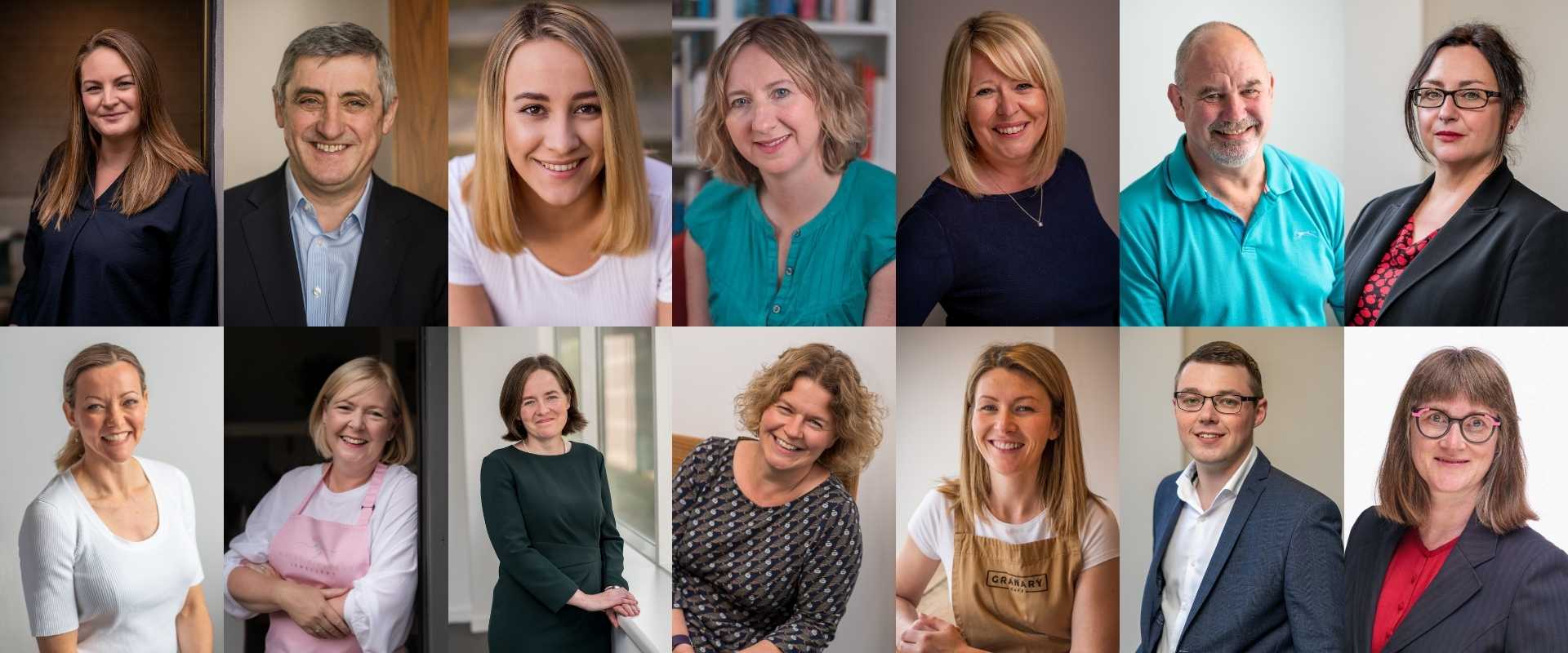
In a time when clients are overwhelmed by choice, everyone wants their business to stand out. With over 342 THOUSAND businesses in Scotland in 2021, how do you stand out from your competitors? One of the ways you stand out is by presenting a polished, coherent, eye-catching brand. You need your customers to quickly and easily get a good feel about your business the minute they find you.
But how a brand makes you feel is sometimes hard to explain using words. It may be a cliché, but a picture really can be worth a thousand words, and get the message across quickly:
According to Smart Insights, the sense of a visual scene can be felt in less than 1/10 of a second.
On your website and in marketing materials, images help to show customers how unique your brand is and instantly portray the right ‘feel’ - saving you text and communicating your values very quickly. Like it or not, for most of us, our attention spans don’t really allow for trawling through swathes of text. Any web designer worth their weight will tell you just how important it is to use visuals to break up text on a webpage (nobody likes to feel they’re reading an academic paper!).
Then there's the wonderful world of social media. Love it or hate it, most of us business owners can't escape using it in some way for our marketing. How many times have you struggled to find the right image to accompany a social media post? You go looking for something but abandon the post altogether for fear of looking half-arsed. Having a bank of photography personalised to your brand is a huge asset. You’ll easily be able to post a new image you’re proud of, every time, and you'll present the impactful, coherent, professional 'you' that customers need to see in order to buy from you.
What about your profile pictures, your brochures? What if you're asked to present a talk... Do you have images to hand?
“Great, let me just grab my iPhone and take some snaps” No - stop! Smartphone images are fine for sharing what you had for breakfast or spur of the moment selfies, even for using on social media ‘stories’, but you need your business branding to be considered and consistent. Brand photography makes your business look more professional, whether you’re a ‘one-man band’ or a larger operation. Remember that the images you have in your marketing materials and on your website might make the difference between someone engaging with your business and them going to speak to a competitor, so it’s worth taking the time (and, yes, spending the money!) on getting it right.
Brand photography is arguably just as important if not more so on your social media presence. Facebook and Instagram are driven by images and by having a number of attractive and on-brand images you can add more impact to your posts and use that brand identity to create meaningful relationships with your customers. Stop them scrolling past!
Additionally, when it comes to eCommerce, brand and commercial photography is vital to convert site visits to sales. According to a Weebly survey of online shoppers, over 75% of eCommerce shoppers say product photography is very influential when they're deciding whether they want to buy a product online. If you’ve spent time creating a fabulous product line, you need to show it at its very best.
In summary, what a potential customer should see across your marketing and online presence is a set of images that are all instantly recognisable as ‘belonging’ to your brand.
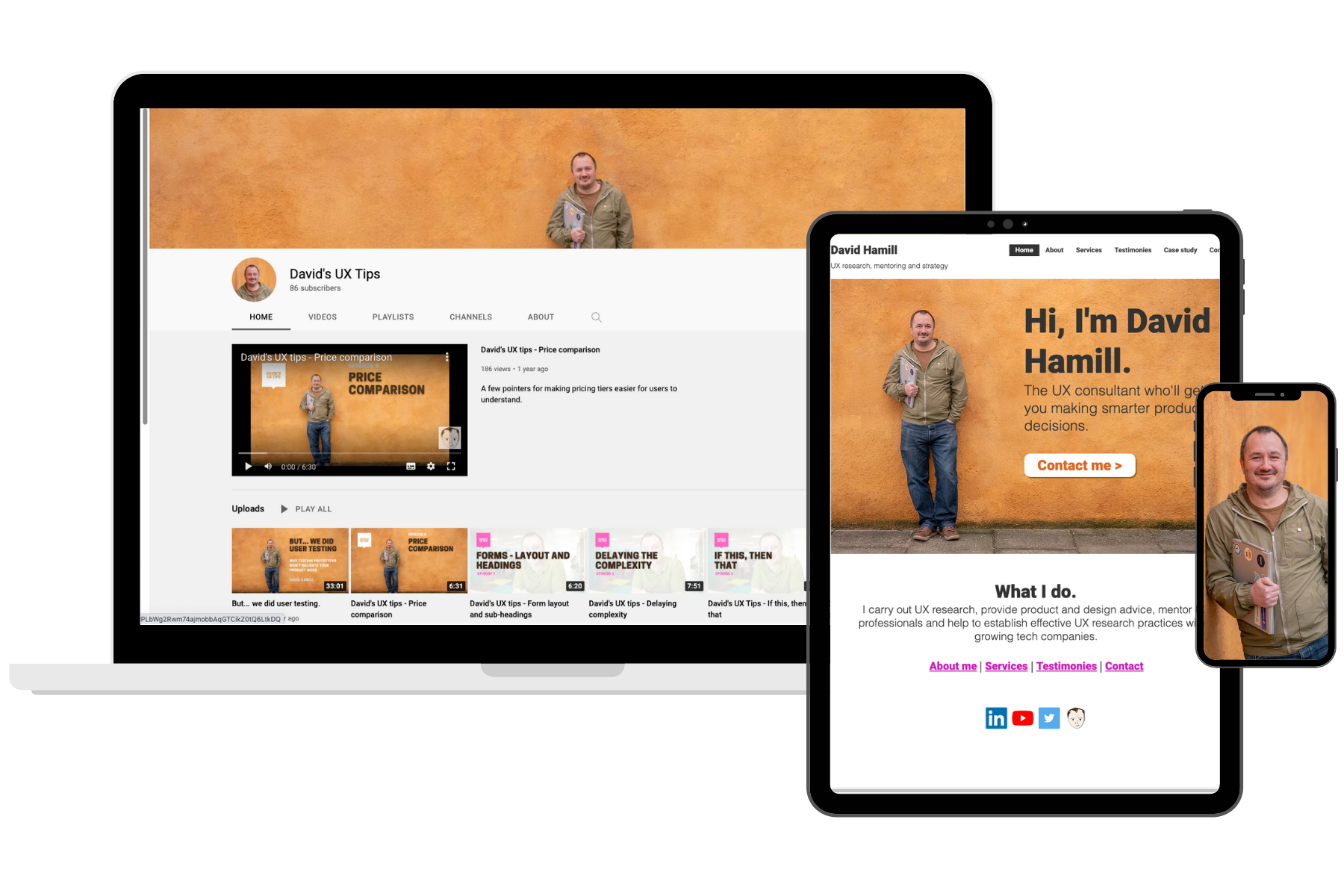
In short: anywhere where your brand has a presence!







Let’s face it, LOTS of us hate being in front of the camera. It can be really intimidating, and frankly quite scary when we see our own image.
Showing up in your business is one of THE best things you can do to entice customers to buy from you. We hear time and time again about social media posts where the business owner has shared a photo of themselves, and gotten WAY more engagement than normal. People really do buy from people.
If you are a photo avoider (don’t panic, I get it, I’m a recovering photo avoider too) then it’s even more important that you choose the right photographer for the job. You need someone who you feel comfortable with and who understands the discomfort of being in front of the lens. In this instance it’s vitally important that you have a chat with your photographer beforehand, meet them in person.
You want a photographer who approaches this as a wise friend - someone who won’t tell you you’re silly, won’t tell you to ‘just get on with it’ but will genuinely listen to your fears and do their level best to make the experience a comfortable one.
Depending on what services or products your business provides there are a number of types of business or commercial photography to choose from. You may want some or all of them, and, depending on how established your brand is, you may need a photographer’s input on establishing that all-important brand image. Some photographers will specialise in one type, others will combine many types into your photography session. Let’s look at some of your options.
A note of caution - there’s no rule book on how to use each of the photography-type terms. What one photographer might call brand photography another might call commercial or business photography. Throughout this document I have used the best, most standardised terms I could find.
These are more than just a photograph of your head! A good photographer should be able to make your headshot feel like an introduction to you - sure they’ll show a client what you look like, but they should also show something of your character.
These shots can be used for the ‘About Us’ section on your business’ website as well as profile images for professional networking sites like LinkedIn.
These images are perfect to help your customers ‘put a face to a name’ and to build trust with them. Your workforce is at the heart of your business and letting your customers see them makes them feel like they’re part of the family!
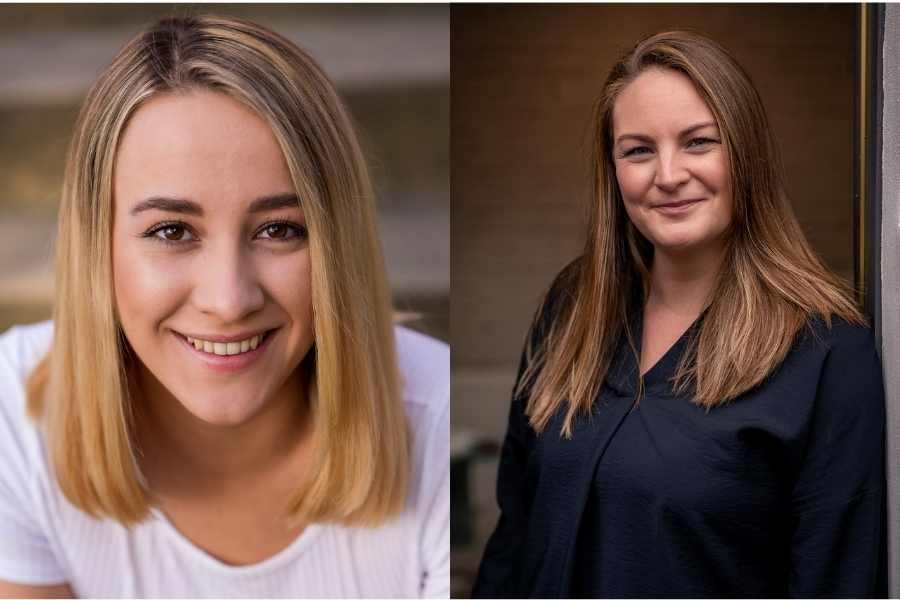
If your business wants to showcase products as they would be used in the real world this is the way to do it. Images are taken of the product being used as it would by the customer. For example - if you sold gin you could expect a lifestyle image to show a glass of gin with mixers and a slice of lemon and lime, being held ready to drink.
Other product photography might include e-commerce or packshots for use in online shopping, catalogues and marketing materials.
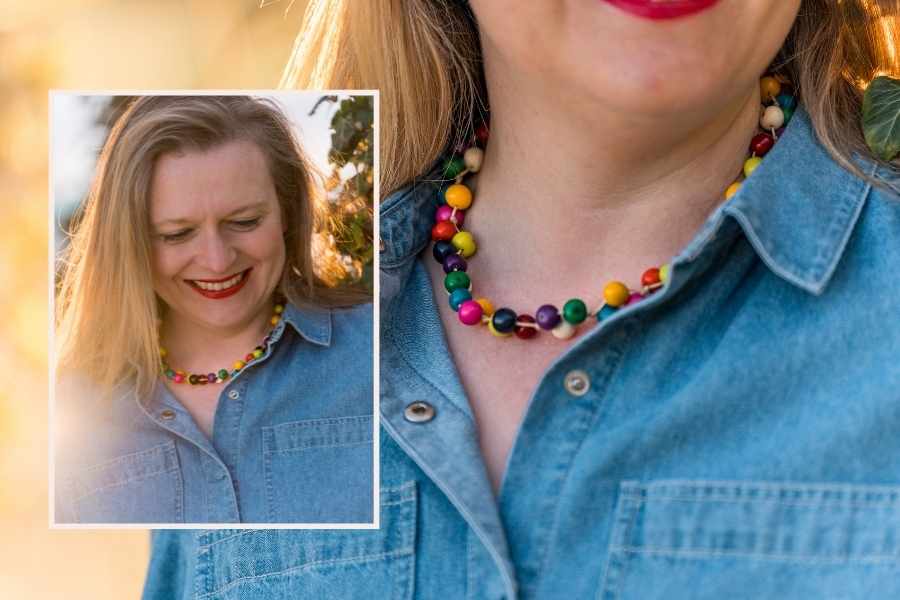
These are shots taken in your work premises to allow the customer to better imagine your business and what you do. By showing an image of your workplace you’re also adding to your brand identity so it’s important to show it at its authentic best! If your customers come to you (a shop, cafe or restaurant for example) then retail photography will help them picture themselves coming to visit and anticipate what their experience of your business will feel like.
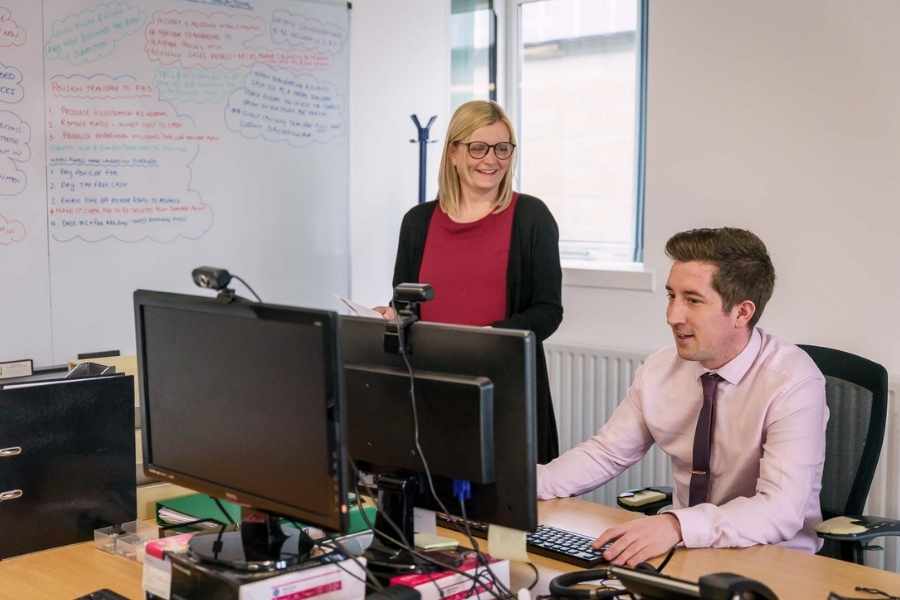
These are shots that aren’t staged or posed at all. The photographer essentially becomes a ‘fly on the wall’ observing and ‘documenting’ what they see. These photographs will show an authentic picture of what your business does. A bit of documentary photography can be a great addition to your set of images. It can show the hustle and bustle of a cafe for example, a productive office, or a chilled out wellness centre.
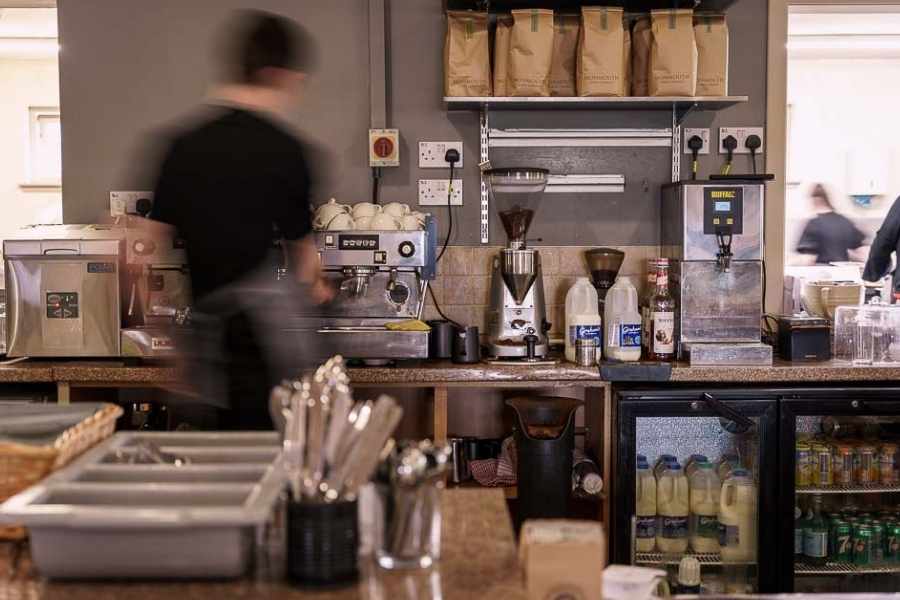
Can look a lot like documentary photography, but your photographer will direct you to ensure you get the best shots of you, your colleagues and your products. It’s a more polished version of documentary photography with elements of completely natural, and elements of more staged setups. A good brand photographer will be able to direct you in a way that produces engaging images that show the customer your personality as well as your business - whether that’s serving a customer with a smile or working hard at a laptop.
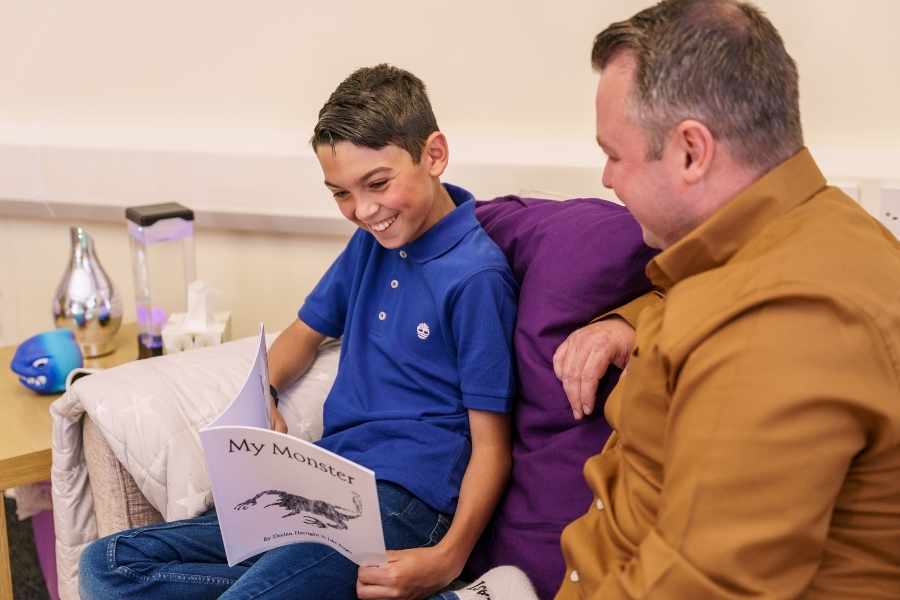
This type of photography really does the legwork when it comes to getting to know you - the person behind the business. It is crucial for the businesses that sell the skills and expertise of one person - think roles such as a counsellor, life coach or business advisor. A brand photographer will work extra hard with you on your values and ethos to make sure that the photographs act as an excellent introduction to potential clients. The setting for these shoots can be more creative as they may not rely on a physical workspace but the most important thing is that these images show you being you, and showcasing what you, as an individual, can offer. People relate to people - when you ARE your business you need images that make your clients feel like they know you before you’ve even met!
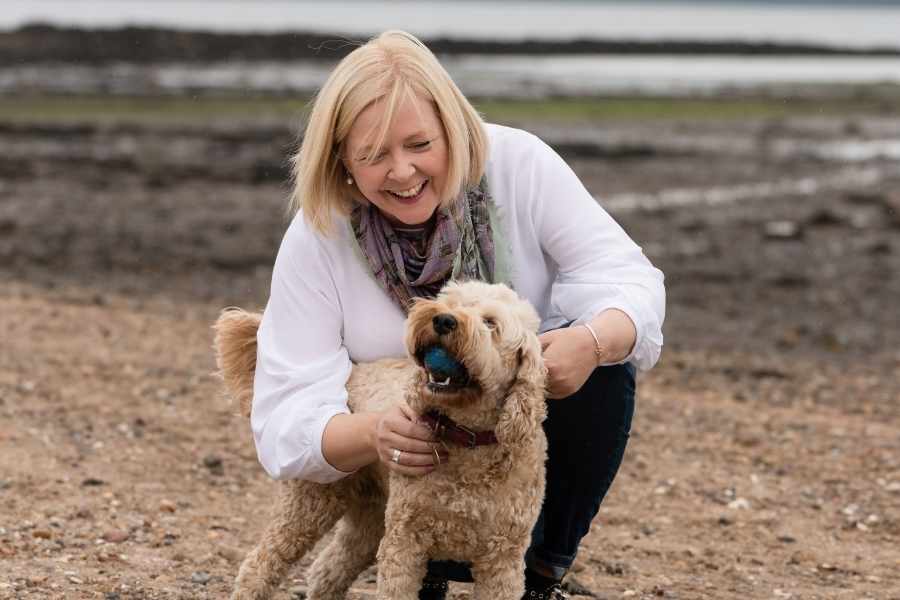
This is the full experience - collaborating with your photographer to get to the heart of what you do, what you stand for and how you’d like your brand to be portrayed and understood. This is typically a much more involved process than a simple list of shots. You would expect at least one meeting prior to the shoot to truly understand the brand identity and to plan a session that will give you everything you need. This might include some or all of the above categories depending on your business and how you’d like your brand to be portrayed.
The full brand photography experience will not only give you a great toolkit of images to be used across your business but also provide you clarity on the brand itself, making your marketing SO much easier!
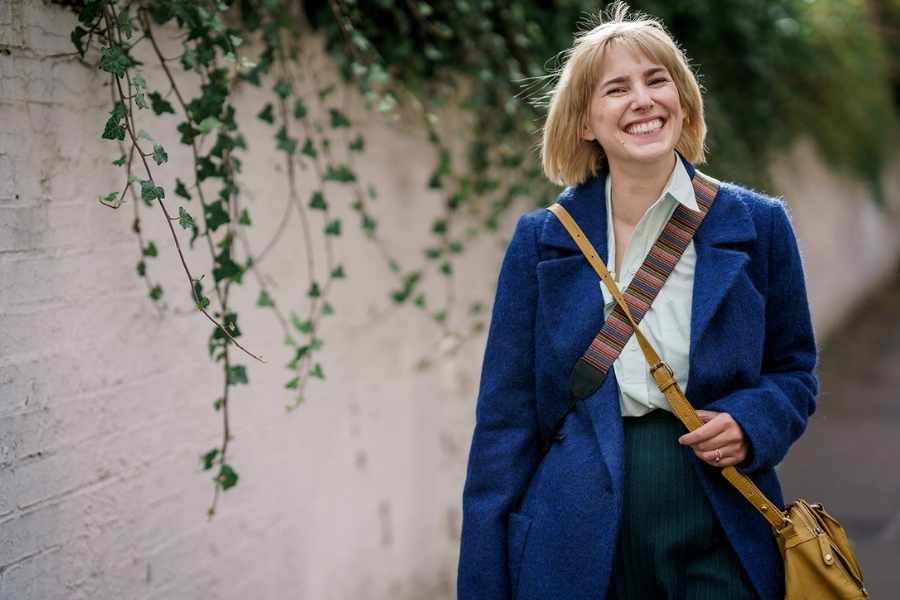
Otherwise known as - ‘photography for when you’ve got an already well-established brand and you know how you need to market and exactly what images you need’. Perhaps your brand is already firmly established but you’ve moved premises, added new services or products or maybe you’ve just decided to update your marketing images. It might be sufficient in this case to compile a list of the images you’d like and find a commercial photographer who is able to work to those criteria. This option is likely to be the least expensive and most straightforward as all of the branding decisions have already been made. However, you need to be very clear about both your brand and the photos you need.
(NOTE: Commercial photography is the least clearly defined type of photography that we've found. Photographers often use the term to only describe high-end studio lit photography for magazines. Others use it as a term to describe photography for businesses in general. The best thing you can do? Look at the photographers' images/portfolio, and ask them!
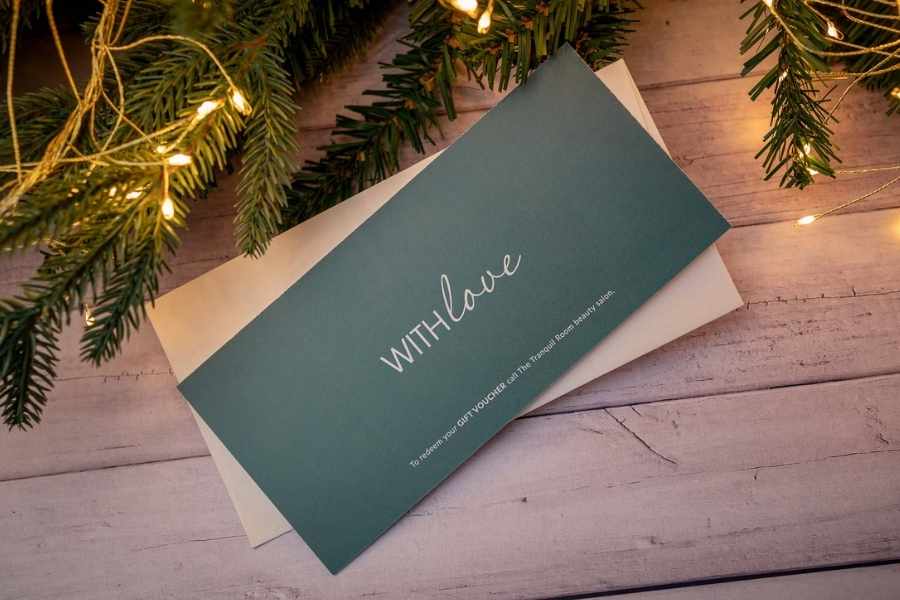

The best brand photos are those that capture the very essence of your business and make your customers feel that they know and could trust you - without even having met you. These photos demonstrate your values, complement the ethos and aims of your business and are consistent with your other brand visuals such as your logo and web design style.
Importantly, the very BEST brand photos are unique to you! There is absolutely no point whatsoever paying for a set of images that just look like stock photos - but with your face on them. Too often brand photos are 'cookie-cut'. They end up looking the same from business owner to business owner. This will not make you stand out at all. Your photos should be unique and creative.
The best brand photography is also photography that you enjoyed being part of! If you enjoyed the experience of having your photograph taken, then you'll have fond memories of the session itself. You'll be proud of yourself for investing the time and money in creating something for your business!
Most importantly - a great brand photo is one that you LOVE and that you’re really proud of.

In our opinion, a terrible brand photo is one that doesn’t represent your brand at all. There are large banks of stock photography that are either free to download, or can be purchased an image at a time. Sounds like a simple and cheap option, right? But there are a few reasons why this is unlikely to be a good long-term solution for your business:
Firstly, these images are generic. We’ve all seen them - cliched business people looking intently at a meaningless graph or someone poring over their laptop. Of course, your business might involve lots of graphs or laptop perusal, but wouldn’t it be better if it was showing YOUR graphs and laptops in YOUR workspace, with YOUR workforce? Genuine images are instantly recognisable and more trustworthy, whereas stock images often look insincere.
Secondly, anyone can use stock images, which means that you will see them over and over again - perhaps even on the website or marketing of your competition! This doesn’t give a potential client any reason to think that your business stands out of the crowd. Even worse, it doesn’t allow the client to get to know you. If a client feels they know and trust you (achieved in large part by building brand consistency) it follows that they’ll be more inclined to find out more about your business.
Lastly, you’re unlikely to find images that are specific enough to your business niche. For example, a stock image of a cafe is great, but can that stock image accurately portray that the food in your cafe is locally sourced, or allergen-friendly? How likely is it that you will find a stock image that EXACTLY shows how unique your business is? A good brand photographer will be able to find creative ways of making your brand stand out and will help you achieve that cohesive set of images we looked at before. They’ll make the most of your unique selling points and help you engage with the customers you’re looking for.
It’s perhaps also worth saying that just because you are paying money to a photographer to take images of your business, it doesn’t mean you won’t end up with ‘stock’ images. As with every profession, there are varying levels of photographer. Some photographers may come in, take images that they believe portray your business and you might end up with nothing more than generic photographs that could have been chosen from an image bank (yes, we’re back to the random ‘office graph’ photos!). The process MUST be tailored to your brand and be planned collaboratively between you and your photographer to ensure that the images you get fully represent your brand. We’ll come back to how to choose the best photographer for your needs later.
By using images that are non-specific to your business, you lose the opportunity to create a connection with your intended audience and perhaps lose their attention altogether!

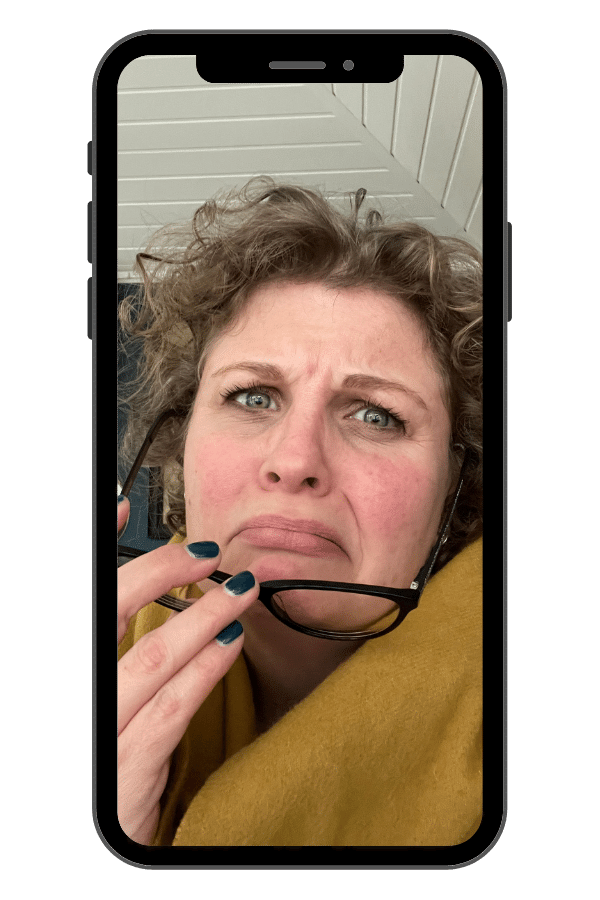
Fellow photographer, Victoria Rose, came to me in need of a full brand photography session. Victoria was after a full set of images that showed her artistic, creative, quirky self. She wanted something different from everyone else, something that would stand her apart from her competition. The session had to include gorgeous fashion, the backdrop of wonderful Glasgow, loads of books, her favourite teddy and plenty of warm and relaxed expressions.
Click here to see Victoria's complete brand photography gallery.
So now you know why you need brand photography. Where do you start? It’s important to consider a number of things before reaching out to photographers.
Are you going to be using them mainly online for your website, social media and blogs? Or will they be used in printed marketing materials? It’s helpful to establish this early on in the process.
You may want to think especially carefully about key images such as the one on the landing page of your website. (According to research from the Missouri University of Science and Technology, users spend an average of 5.94 seconds looking at a website’s main image. You need that image to be high quality, well-composed and able to encapsulate your brand identity in order to retain a customer’s interest. Make the most of that first impression!).
Many businesses are using film alongside static images to grab their customers’ attention online. Depending on the target audience of your business, video may be vital in driving engagement (Brightcove published some research indicating that video marketing was popular with adults in general but especially appealing to millennials), so if video is something you’d like to include with your brand photography session make sure you choose someone who can produce that for you!
Video can be in the form of a business showreel, product explainer videos or simply an introduction video to help your customers get to know and trust your brand. Here are a few examples.
Good brand photography takes time - you should be wary of people promising too quick of a turnaround. Photographers also get booked up in advance so you should leave plenty of time to secure a booking and allow for ample editing time before planning a website launch or marketing drive that relies on your new images.
So this is a biggie, right? You may be worried that the cost of brand photography will be too high, but it is an investment in your business and one that will pay off! A more professional, consistent brand image will absolutely increase your sales.
It is worth going into the process with a clear idea of how much you’re willing to invest in your photography. This will help you to narrow down who to open a discussion with.
You should expect to pay a deposit to secure a booking with a photographer, so make sure you factor that into your financial planning.
You can find more about what you can expect to pay here.

The only way to find the right photographer for your needs is to do your research! Take your time and reach out to the brand photographers you’d like to talk with. Asking people you know for recommendations is a great way to start - if you’re a member of local business groups or networks you may find others’ experiences useful.
If you’re searching online, try to find reviews and testimonials as well as getting a feel for a photographer’s ‘style’. Check out their social media feeds to see what they’re capable of. Remember they have a brand too! How does it make you feel?
You’re looking for:
There are many different styles of photography - which one is right for your brand?
As well as reaching out with emails or phone calls, make sure you meet your photographer in person prior to securing a booking to make sure you connect well and can work together. Will you feel comfortable in front of their camera? Some photographers specialise in working with the camera-shy and go the extra mile to make you feel at ease - something that will be clear to see in the final images!
The Midlothian Forest School need images to promote their outdoor learning programmes. They wanted to show a variety of ages and stages, attendees from diverse backgrounds and illustrate how both safety and fun are at the core of their ethos. The session included about thirty children, lots of mud, some campfire soup, and much more.
Click here to see the Forest School's complete gallery.
Photography is a largely unregulated industry, so essentially photographers can charge whatever they feel their service and product is worth. This makes specific pricing difficult to pin down. Photography price usually depends on a number of factors:
The answers to all the above points will affect what you will pay.
For a brand photography experience in Scotland, you can pay anywhere between £500 and £3000 depending on what’s included, who you’re going to, and how experienced they are. Some packages with multiple sessions or a retainer arrangement may be more.
In addition to packages for brand photography, commercial and business photographers often have a ‘per hour’ charge that would be perfect for businesses looking to complete a simple list of images with no branding input (for example eCommerce photography for the launch of new products).
To be clear though, for this type of photography you really need to be on top of what your brand is, what you’re trying to achieve, and exactly the photographs you’ll need. We’ll go into that in more detail later.
For this sort of commercial photography, you’ll likely pay an hourly, half-day or full-day rate. Between £800 - £3000 per day seems average from the sources we found.
It’s worth bearing in mind that not all photographers disclose their prices on their websites. Some prefer to have a chance to chat with you, to establish exactly what it is you need before they disclose their prices. Remember, a photographer needs to choose to work with you too, so some use this initial chat as a way of checking you’ll be a good fit for them, as much as they’ll be a good fit for you.

Once you’ve found a few photographers you’re interested in, check their websites for how best to contact them. Some will have an email address or contact form, some a phone number, others will have an online booking system so you can book a call - some may even prefer you to drop them a message on social media - just take their lead.
Rather than messaging them saying ‘please send me your prices’ (which happens a LOT, and isn’t a particularly great way to establish a good relationship), take a bit of time to craft a message that describes exactly what you’re looking for. Here’s a handy template;

Dear [photographer name]
I’ve been looking at your website/Instagram and really like your work. I particularly like [insert something specific you liked about their work - photographers LOVE this].
I’m looking for a [brand/commercial/product] photographer to capture my business.
In particular, I’d like;
[List a few of your specific requirements. For example;
Can you spare some time for us to have a chat and see if we’re a good fit? [Add anything you’re unsure about, such as ‘I’ve never done this before so I’m not sure where to start’, ‘I hope this is something you can help with’, ‘I’m a bit new to this so would appreciate a chat to find out if it’s in my budget’.]
Best wishes
[your name]
[your website and social media links if you have them - yes, your photographer will likely want to check you out before you chat with them]
A photographer with great customer service skills should acknowledge receipt of your enquiry, giving you an idea of when they'll come back to you. Make sure you check your junk mail if you've not heard back from them - so many of our email addresses land in junk no matter what we do!
Once you've decided which photographer you're going to go with, message them and let them know why! 'Hi Rebecca, I loved our chat the other day, I particularly like you amalgamate branding, marketing and photography, so I'd love to work with you!'.
And lastly, please PLEASE also take a few seconds to let those who you didn't choose, know that you won't need them. You don't need to say why (although that's always helpful) - but 'ghosting' someone, especially if they've put in time and effort into a call and proposal for you - is a wee bit rude. We business owners all need to stick together and treat each other well, no matter what field we're in!

Most photographers will follow a similar process to this to book a client. It may be a manual process or be done through their Customer Software (CRM), producing an online 'portal' for you to work through. The process goes a bit like this;






Commercial what?!
Yeah, exactly what I thought the first time I heard the term!
All photographs are subject to copyright laws. Whoever has the ‘rights’ to a photograph is the one who owns the photograph. They have the ‘right’ to say how that image should be used. Just because you pay for a photographer to take photos of you or your business, doesn’t mean you ‘own’ those photographs.
Photographs (like books, or music) are intellectual property, meaning that the rights to the photograph start with the photographer themselves. So, if I take an image of you - I own the photograph and all the rights pertaining to that photograph.
(And yes, you ‘own’ your face… But that goes into a whole other level of law that would sidetrack us for another 4000 words! I’ll write a blog post about this later).
When you receive your images, a professional photographer should also give you a commercial usage licence if the images are to be used for business purposes - i.e. to make you money. This commercial usage licence should clearly state who the agreement is between (you and the photographer), how you may use the images, and how long you may use them for. It is common for the photographs to have a term attached to how long you can use them. If you would like to use them 'in perpetuity (i.e. forever) then you can expect to pay more.
When selecting a photographer, it is worth making sure that your photographer is planning on giving you this license. Without it, if you use one of the photographs, you’re breaching copyright. Newer photographers may not necessarily know that this is an important step, so it’s definitely worth asking.
Most photographers will give you the right to share and utilise the images in your marketing, but will not, for example, give you the right to change them. So if you decide to put a fancy Instagram filter on one of the images, you may well be in breach of your commercial usage licence.
In some instances, you may wish to negotiate with the photographer to have them transfer the rights to the images to you. This would mean that you are the sole owner of the photographs forever, and can do what you like with them. You should expect to pay significantly more for this privilege.
Each photographer will be different so it’s worth paying close attention to any document you’re being asked to sign. Make sure you’re covered to do what you need to do with the images that you’re paying to have taken.
And if in doubt, ask! Photographers are human too, we understand that 'terms and conditions' can be tricky.

Contracts, terms and conditions - the things a lot of us skip through because they can look too complex and difficult to understand? They apply to photography too.
Your photographer should provide you with a contract to sign BEFORE you start working with them. It will outline what they’ve agreed to do, their rescheduling and cancellation policy, their delivery times and much more. Some contracts are inclusive of a Commercial Usage Licence.
It is definitely worth having a look at this document ahead of signing it so you know where you stand if you need to reschedule or cancel. The document will also tell you what you can and can’t do with the photographs, if/how much the photographer is liable if they don’t turn out as you wish, and how long the photographer will keep the images for.
Great photographers will always make sure that their contracts aren't too tricky to understand, and will be willing to help you understand them.

One of the reasons to have a full brand photography experience, rather than hire a pay-per-hour commercial photographer, is that as part of the experience, the photographer should help guide you through a detailed planning process. They’ll review all elements of what makes your brand, your brand and will then plan a photoshoot to show your business at its best.
Some photographers will send you a workbook to complete, so they can read all the information. In this instance, you really need to understand who you are and what you need from your photography, as there’s little conversational element.
Some photographers will set up a planning session with you over video chat (like zoom). This is a great way to collaborate, without having to leave your busy day.
Other photographers (like me), will take you out to lunch or brunch and talk through the planning session face to face. This is a great way to get to know your photographer, as well as to get their input on all things brand and marketing.
However you meet with your photographer to plan, it should be collaborative, rich and useful for both of you. Useful for the photographer because they’re getting a really clear sense of who you are and what you do. And useful for you because you’re clarifying your brand and getting clear on your aims for the photography session. Many business owners report that this is as useful as the photography session itself.
Good planning sets you up for a fantastic, unique, easy session. The more a photographer knows and understands who you are and why you do what you do, the better the photographs will be.
Be prepared to spend time on planning, making your wishes really clear - time spent in advance clarifying what you expect will save time on the day and prevent disappointment. It will also ensure you have a set of photographs that solidify your brand.
In your planning session you may (or dare I say ‘should’) cover the following topics;
Following your planning session, your photographer may send you a breakdown of what you went through together, the plan for the photography session itself and a list of what you need to bring with you or get organised. This summary is hugely useful and makes sure that nothing is missed on the day. You may even have the opportunity to review the plan at a second meeting ahead of the session.
The key here is to make sure you’re TOTALLY comfortable. Comfortable with the photoshoot plan, comfortable that the photographer is clear on all the objectives, happy that you know where you’re going, what you’re wearing, and what you need to bring. If in doubt ASK QUESTIONS. If you have a niggle or worry, no matter how small - discuss it with your photographer.

If you choose a photographer to just come and take the photographs, rather than getting involved in the planning, it’s even more important for you to be really clear on your brand and the photographs you need. In an ideal world, you would be able to hand over a brand explainer document, something that outlines all there is to know about your brand, your customers and your products/services. You should also have a shot list - a list of photographs that are essential for a successful session.
These documents should be forwarded to your photographer well in advance so they have an opportunity to ask questions or seek clarification.

Trust the photographer’s direction BUT speak up if you’re uncomfortable or unsure of what’s happening. It may be easier said than done but try to relax! The best images will happen when you feel at ease. If you struggle in front of the camera make sure you mention this in advance of the session.
Above all else, be excited and try to enjoy it - this is a big step for your business - who knows where it will take you!?

Just like in the days of film and darkrooms, photographs need to be processed. The photographer will take the images directly from the camera and will apply ‘editing’ to make them look fantastic. Editing is part of the photography process. It is as important (some might say more important) than the process of taking the photographs. Unedited images are like people walking around half-dressed – you have a good sense of them, but can’t be certain exactly how they’ll scrub up.
Although you’ll be excited to view your images, try to be patient - a full brand photography session takes time to edit and get ready to present to you. Editing time varies from photographer to photographer. You can expect images to take between a few days and several weeks to be processed - depending on the photographer's workload and the speed of their editing.
It’s only on very rare occasions that a photographer will provide you with unedited photographs. This is usually in the case of large creative firms, where they will have their own in-house editing team. Unedited file formats are often unusable by most people as it requires special software to view and manipulate them.
Do you know what file sizes you need? Image files come in varying sizes and qualities. For example, a file you wanted to print to the size of your house - would need to be very large, and very detailed (and take up a LOT of computer storage space), whereas a small thumbnail size photo needed for your website can be tiny both in physical size and in file-size.
Your photographer should be able to advise you on the sizes you need and be able to provide you with duplicate sets of images for different purposes. They may even choose to provide you with a set of images cropped square for use on some social media platforms.
The physical size or dimensions of photographs are measured in pixels or px for short. The density or quality of a photograph is measured in dots per inch, or dpi for short.
The files I tend to provide my clients are;
If you’re having a website designed your web designer may want to have a say in what image size you need. It’s very important to keep websites as ‘lean’ as possible when it comes to file sizes. I generally find most photographers are better equipped to beautifully resize images, as they have the original source files. But I’ve been proven wrong before!
It’s worth considering how you are going to store and organise your photo files? Will your photographer provide you with a gallery you can access at any time? Or perhaps there’s an app you can upload them to so you can easily visualise them. Do you need a web-size copy on your phone perhaps?
Please consider how you’re going to back up your images. Sure, professional photographers have backups, but once the images are in your ‘hands’ they become your responsibility to back up too (make sure you check your contract to find out how long your photographer will keep your images for). Consider keeping them both on a hard drive, on an external hard drive somewhere out of your house, and somewhere in the cloud. Dropbox, iCloud, OneDrive are all good for this.

Most photographers will at some point ask if they can use the photographs they took for you, in their portfolio and marketing. They need your consent because it’s your face (and potentially products) that are depicted in the photographs.
Photographers need examples of images they’ve taken in order to show potential clients what they can do. In the case of portrait or family photography, some people may have reservations about sharing images of their loved ones online. However, when it comes to business photography – why wouldn’t you?
If your photographer chooses to use the images they took of you, then that’s just more exposure for your business! Especially if they (and they absolutely should) tag you in the photos on social media, and link to your website on their blog. Their tag is an endorsement of your business, and a link from their website is great for your SEO! (Search engine optimisation).
By showing your clients that you took the time to invest in professional photographs you put yourself a cut above the rest. So give the photographer permission.

If you planned your session well and considered all of the ways in which you can use your images, you shouldn’t be in a rush to get more images taken any time soon. However, there are definitely circumstances that will require you to get in touch with your photographer again!
If you launch new products or services you may want to include images of these on your website and in your social media feed. A partial update or refresh of your images doesn’t need to be as time-consuming as your initial branding session, and as your visual identity is now firmly established it may be sufficient to pay your photographer by the hour to complete these additional shots.
An occasional refresh of images on your website and in your marketing materials might also catch the eye of new customers but this doesn’t necessarily mean you need a whole new set of images. Those from the initial session can be swapped around to achieve this in the shorter term and this is something you can plan for with your branding photographer.
Some brand photographers offer a package that includes occasional refreshes of your images. This might be the most economical choice if you anticipate needing regular sessions - for example, if you have a business with an ever-changing catalogue of products or services. Any new images should be consistent with your established brand and so it’s much easier to find a photographer with whom you can form a long-term business relationship right from the start, rather than starting from scratch with a new photographer each time you need new images. As we’ve discussed, different photographers have different styles. By keeping the same photographer, you create consistency in your brand, which is hugely important.
If your initial session of brand photography has been successful, then you’ll probably only need to consider a full refresh of images in these circumstances;
A total refresh may mean that you would like to look for a different brand photographer to give a new perspective and a new visual style, but if you have a strong relationship with the photographer you used before you can work with them to reestablish what your new brand should be.
If you go back to the same photographer you may even be able to create a full refresh of images without the need for such a full-on planning process, which should cut down on cost.

There are two schools of thought on this one.
I’m firmly in camp 2 as I believe taking photographs of you and your business is part of developing the know-like-trust factor. To me, a perfectly curated brand feels a little unapproachable, untouchable… But then maybe that’s the kind of brand you’re going for! Perhaps you’re a high-end coach who only wants to appeal to clients of a certain income level, therefore all your images need to be completely polished?
I’ll have to leave it to you to decide!
If you are going to take photographs of your business, do consider getting a little training to help you do it better. There are lots of courses out there to help business owners take better photographs for themselves. I don’t think this can ever replace the professional photography experience, but it can certainly help to supplement your images.
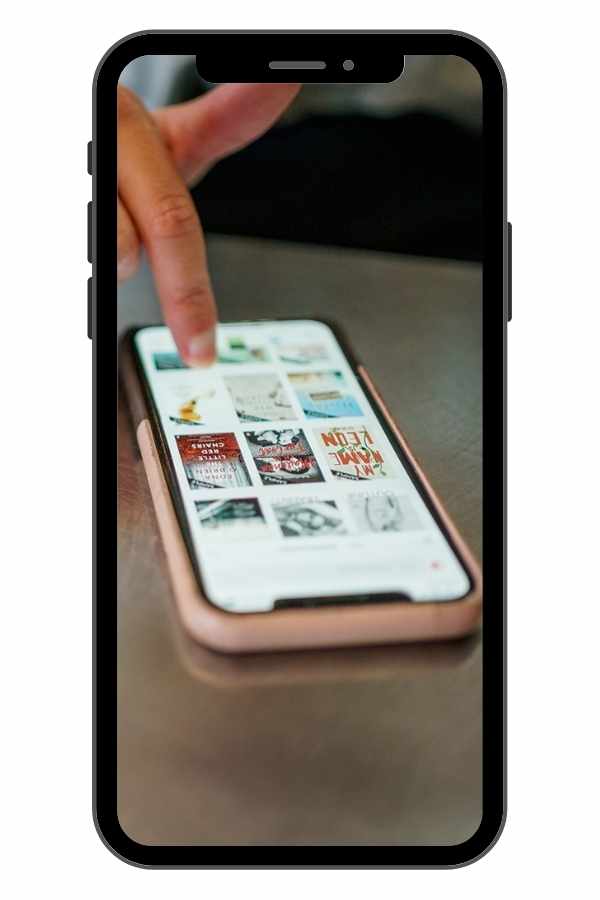

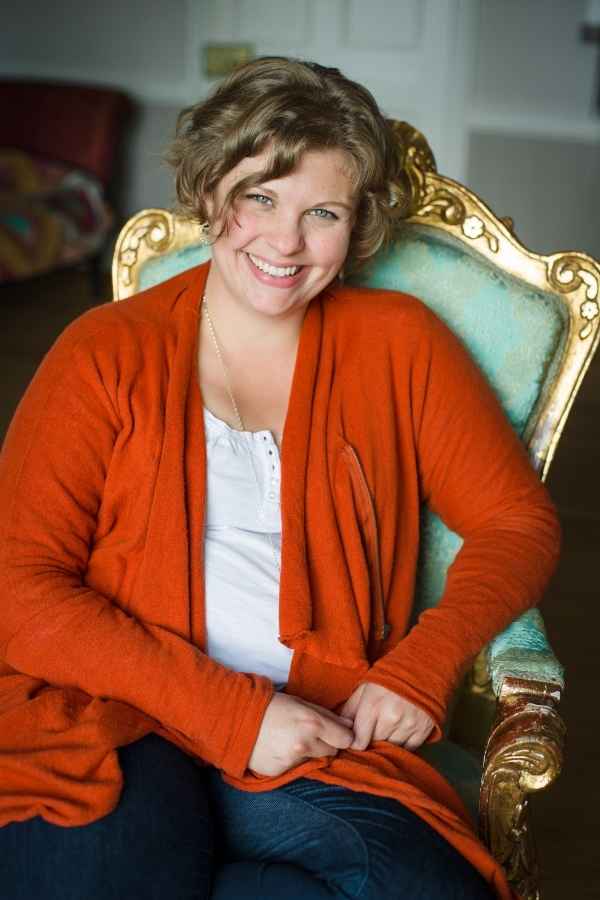
This information (and I know - there’s a lot!) should give you some idea about brand and commercial photography and how it can be useful to your business.
Professional brand photography can play a vital role in clearly establishing your brand identity. Some research and planning are required but you’ll finish up with an impressive set of images that you can use across your online presence and in print marketing, encouraging clients to engage with you and ultimately help you achieve business success!
If this feels like a complicated process, please know that it won’t feel like it - if you find the right photographer for you.
Finding a photographer who can make this process feel easy and fun is absolute gold! Writing this has been a real lesson for me in how much I do for my clients without a second thought. I guide them through every step of this document so that it feels pretty effortless.
Above all else, please be excited about this next step for your business! If you’re at the stage where you’re considering hiring a photographer then you’re at an exciting time of growth! Choose right, and the images you create, the brand work you do will be a HUGE asset to your business, making it easier for you to succeed in everything you do.
I wish you the best of luck!
Rebecca x
If there’s anything on this page you’d like clarification on, please don’t hesitate to get in touch. And if you’d like to discuss what brand photography services I offer, including package pricing, please take a look here. I would be delighted to chat about how I might be able to help your business grow.

Like what I do, but aren’t quite ready yet? You can join my mailing list here to keep up to date on the latest news and offers.
